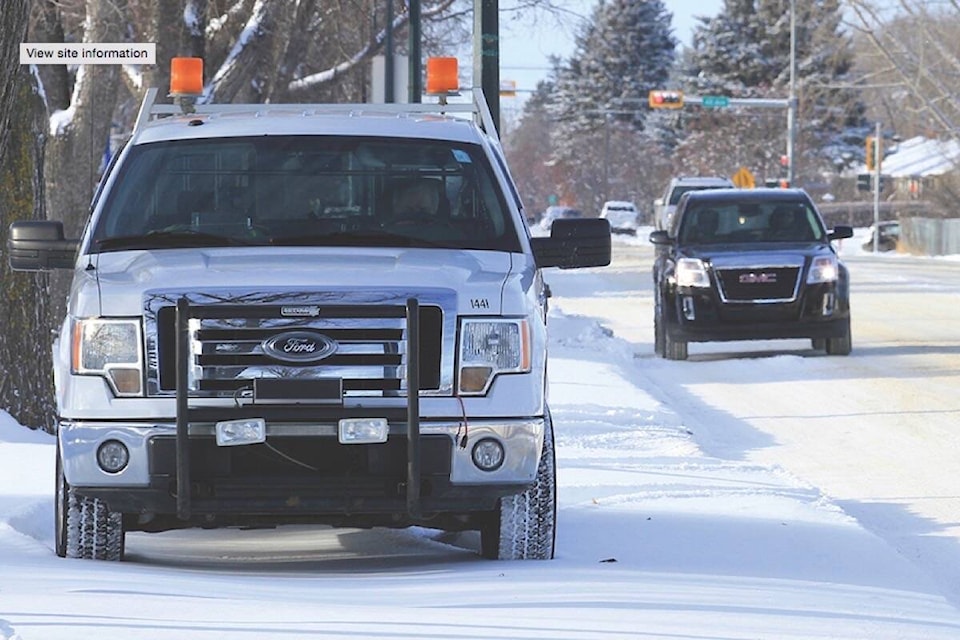Alberta municipalities will be gathering photo radar data over the next year to reassure the province cameras are not being used for revenue-generating “fishing holes.”
Transportation and Economic Corridors Minister Devin Dreeshen announced last week the province was curbing photo radar on ring roads in Calgary and Edmonton as of Dec. 1.
A one-year review of 26 municipalities has been launched to see where they are putting their photo radar cameras and the rationale and data used to back it up. When done there may be changes to the 2,400 photo radar camera sites across the province.
Dreeshen acknowledged that photo radar fishing holes can be in the eye of the beholder.
“I think the definition of a fishing hole is really going to be the ongoing consultation we have. As there will be some who say a high-frequency area of speeding obviously should be justified with having a photo radar.
“Others will say maybe the speed limit isn’t right or maybe that isn’t actually a fishing hole and people keeping up with a consistent flow of traffic is safer than slamming on the brakes because of photo radar.”
Red Deer Mayor Ken Johnston said he recently received a letter from the province giving notice that the province is looking into municipal photo radar.
“We’ve always said to the province these are safety concerns that we’re looking at (when placing photo radar cameras),” he said.
Johnston said he is confident that photo radar locations in Red Deer are based on complaints and safety concerns.
“I certainly have faith in our folks that these are data-driven decisions and these are not fishing hole expeditions at all.”
Starting in April 2022, municipalities had to justify where they place photo radar traps and put limits on where they could be placed in sped transition areas.
Since Dec. 1, 2019 there has been a freeze on intersection-mounted speeding cameras.
Dreeshen said the province will be working with municipalities rather than telling them how to run their photo radar operations.
“The empirical measurement on a photo radar site or location and (the question of ) is it a fishing hole or not a fishing hole ought to be about safety.”
In areas where there are a lot of accidents or other safety issues then photo radar is likely justified.
“But when you have certain beautiful highways that are built very well and engineered very well and you’re not seeing any accident data or low accident data yet hundreds of thousands of dollars in ticket revenue. That, I think, in most people’s mind is a fishing hole.
“That will be the main focus of that one-year review with municipalities.”
